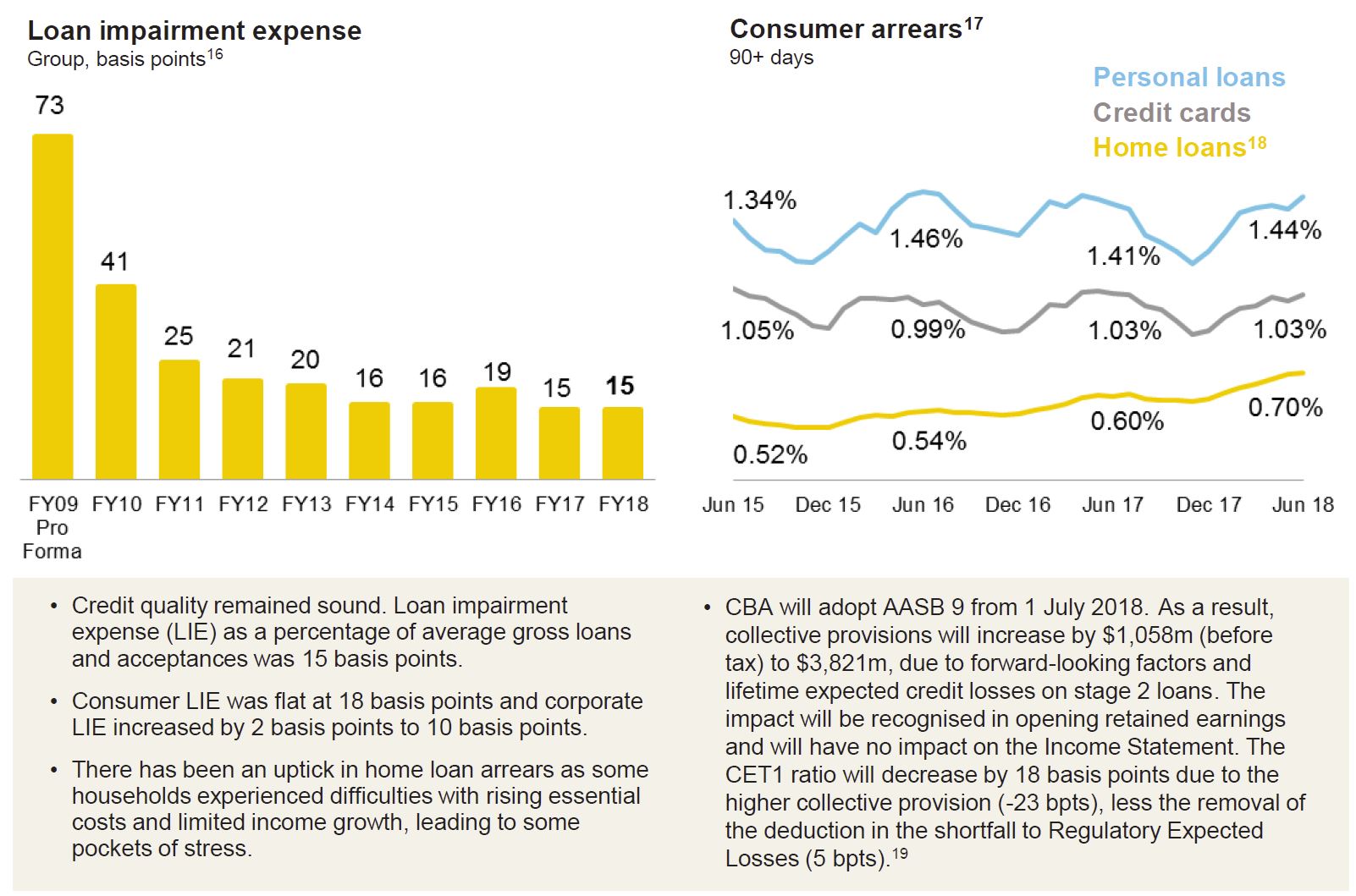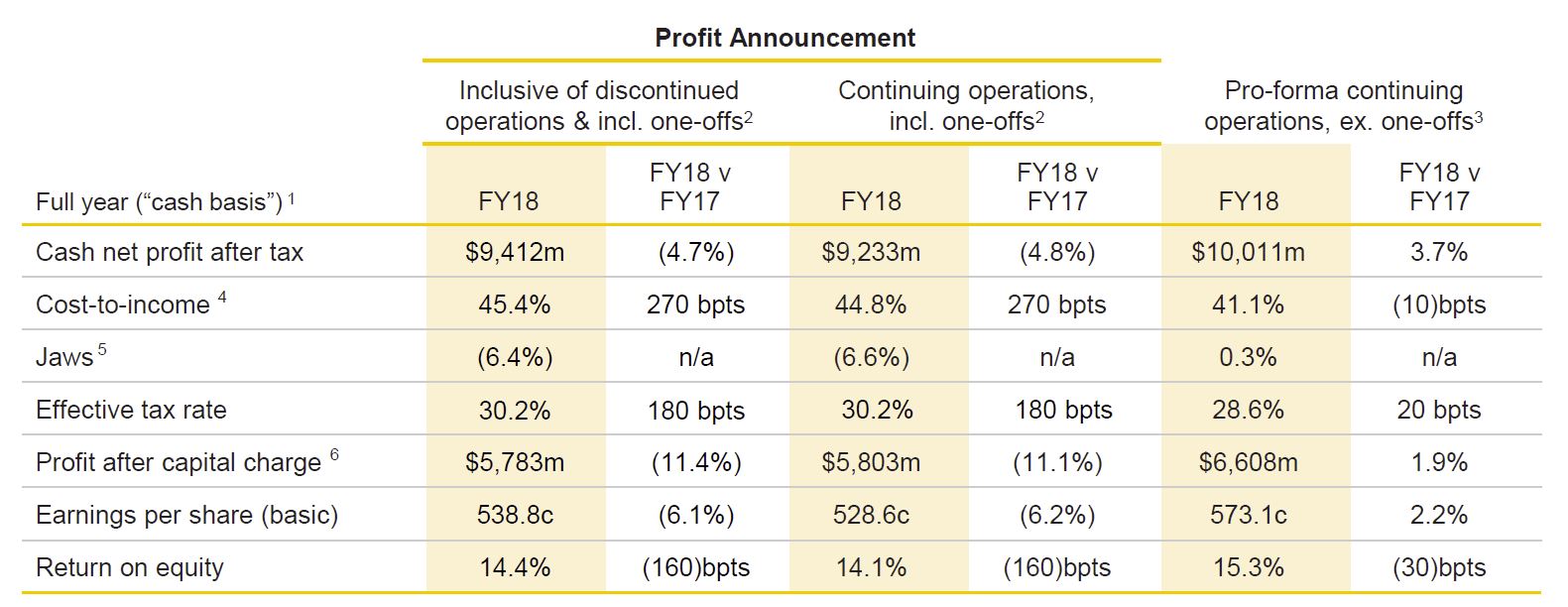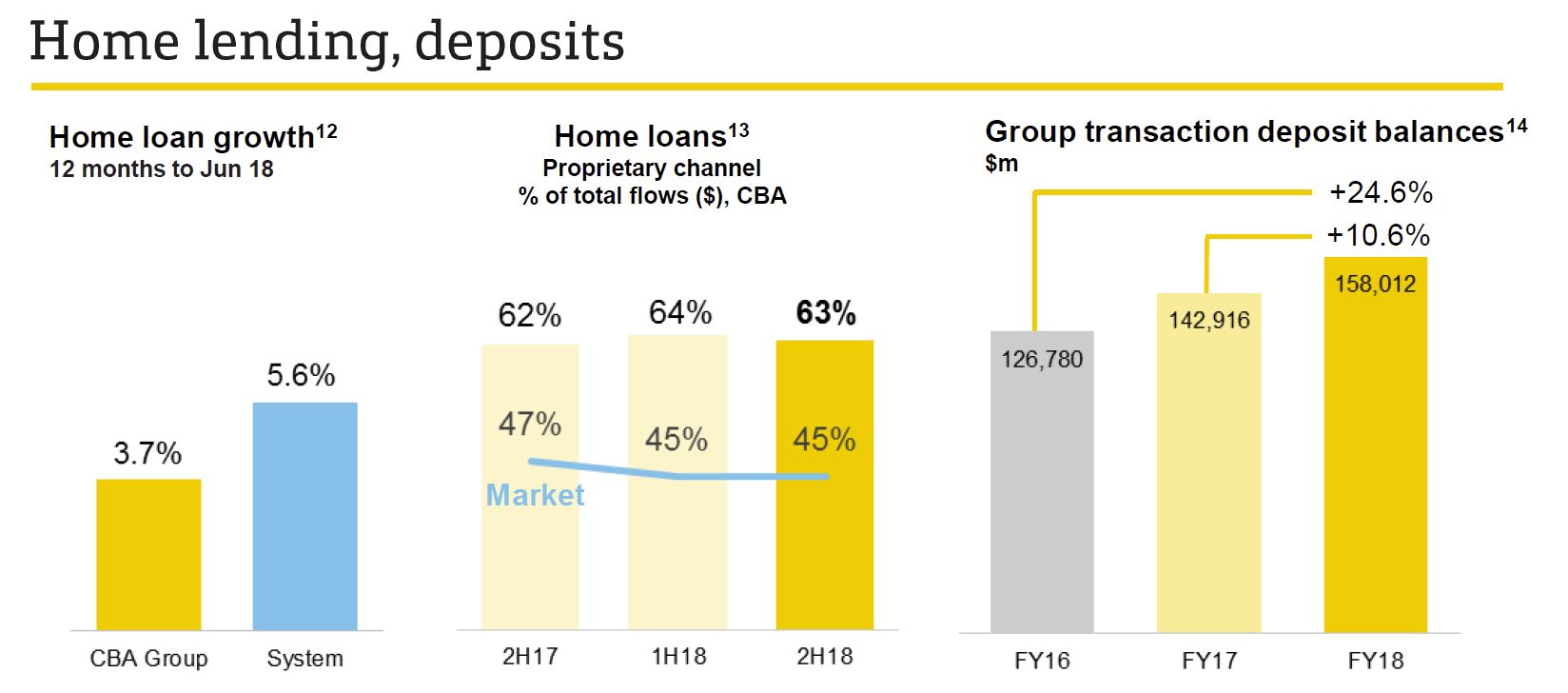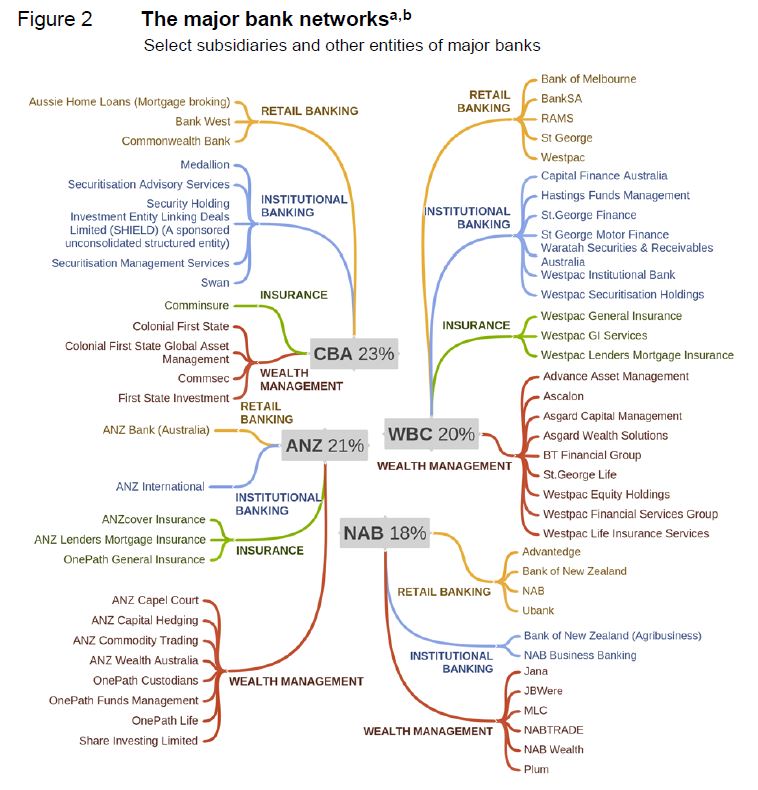A former CBA chief executive has expressed his views on a potential “dilemma” with mortgage broker commissions and suggested that borrowers and brokers should be liable for the information they provide to lenders; via The Adviser.
Speaking at the American Chamber of Commerce this week, former CBA CEO David Murray AO, who commenced his role as AMP chairman on Thursday (21 June 2018), said that brokers acting on behalf of borrowers “should be liable for compliance” with lending obligations and “should stand with the borrower in any representations made in the loan contract”.
He added that this would require brokers to carry insurance against claims “as others do in like situations in the financial sector”.
Mr Murray’s argument is that when third-party advice is involved in the lending process, then the “advice regime” that financial planners are required to work under should also apply to mortgage brokers.
“The idea that lenders should make reasonable inquiry of a borrower is fair in that it limits malpractice and serious mistakes where some people should never have borrowed. Where lending is clearly accompanied with advice, for example to leverage assets into further investment, then the advice regime should apply,” the new AMP chairman said.
He also reiterated what’s been recommended by the Productivity Commission through its inquiry into competition in the Australian financial system that “any commissions should be disclosed by the broker and made visible by the lender in the loan statement, as happens with lenders’ mortgage insurance”.
“It would be a retrograde step to deny borrowers the value of ‘shopping around’ afforded by brokers. But if they do not know the cost, they cannot make the trade-off,” Mr Murray said.
The insinuation that such disclosures are not made by brokers has been refuted by the broking industry by figures such as the executive director of the Finance Brokers Association of Australia, Peter White.
“The PC suggests there is no transparency in broker fees, yet the commission disclosure requirements under the NCCP are extensive,” Mr White said at a Productivity Commission hearing in March.
Broker commission transparency by lenders a “dilemma”
The AMP chairman additionally acknowledged the challenges associated with lenders making the commissions they pay to brokers transparent in loan statements — in particular, the fact that the commissions depend on certain aspects of the transaction, which are in turn influenced by a range of market forces.
Mr Murray explained: “At present, residential mortgage loans are priced on the basis of a standard variable rate less discount (if applicable). As an established market practice, this has left the industry vulnerable to the allegation of gouging when interest rates change due to the slower repricing of the ‘back book’ which has been of concern to the Productivity Commission and others.”
He continued: “This pricing methodology varies from the more established practice for other variable rate lending, which is typically priced from a base rate (for cost of funds and volume and other costs) plus a margin for risk for the individual loan.
“Under this approach, it is much easier to add third-party costs, making all of the loan costs more transparent to the borrower and overcoming the ‘front book’, ‘back book’ problem.”
The AMP chairman also pointed out the importance of customer accountability, saying that borrowers “should be able to be held to the representations they make in their applications which form part of the loan contract”.
Any change in regards to transparency around broker commissions requires a “first mover”, according to Mr Murray, who noted that it is a “very tricky decision”.
“It is therefore open to the [Productivity] Commission to recommend some form of reference to the ACCC to allow industry practice to change,” the chairman added.
He also warned of the potential consequences of customers using responsible lending legislation and guidelines as excuses for not being able to meet their loan obligations, one being “moral hazard”.
The AMP chairman explained: “The knowledge of potential debt avoidance encourages increased borrowing for higher-risk assets with increased risk of asset bubbles and systemic risk in the economy.”
He likened the potential outcome to the “hand back the keys’ rules in the US which compounded the GFC”.
The other possible consequence, according to Mr Murray, is that lenders “reprice and/or ration credit”, which may not have a significant impact on “the more creditworthy in the community”, but first home buyers, for example, would have to bear the brunt of “more onerous” lending terms.
The AMP chairman implied that overregulation could be counterintuitive to efficiency and effectiveness in his speech, saying that legislation should only apply to cases where the information provided by the borrower to the lender are “clearly inconsistent, meaning that the lender must make some inquiry and judgement”.
Can the law change culture?
Mr Murray also remains unconvinced that legislative reforms or the introduction of new legislation would be effective in changing bank culture, even saying that it is “impossible to regulate for culture”.
He said: “Regulation alone cannot drive a change in behaviour as it can result in a convergence of leadership models and organisational structures, and this limits diversity and competition.
“Organisational behaviour is an intangible asset that is cultivated uniquely by each institution. This makes it hard to set prescriptive guidance and comprehensive minimum standards for all organisations.”
However, Mr Murray endorsed Australian Prudential Regulation Authority’s (APRA) recommendation for a “systems-based approach to culture”, which it presented in its report on governance, culture and accountability within the CBA Group.
Mr Murray said: “Trust will not be restored until institutions revisit existing governance frameworks that may be inhibiting cultural reform.”
Moreover, the AMP chairman believes that oversight of responsible lending obligations should be with APRA, rather than ASIC, pointing to the “systemic dangers of moving from caveat emptor to caveat venditor in the lending market” (or, in other words, going from the principle that buyers are responsible for their purchases to the principle that sellers are responsible for informing buyers of their goods and services).
In his concluding remarks, Mr Murray said: “Given the potential for moral hazard risk to create systemic risk in the financial sector and the economy, caution is needed in allowing contract law to drift from the principle of caveat emptor to caveat venditor.
“Nevertheless, there needs to be protection for consumers given information asymmetry.”









